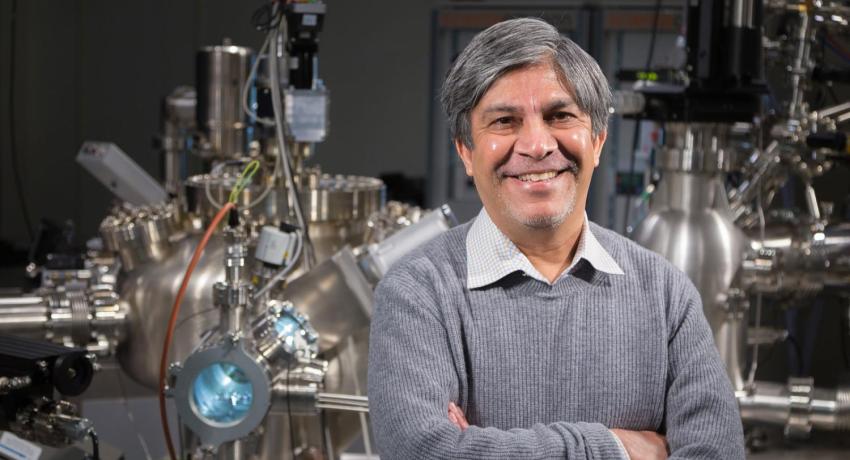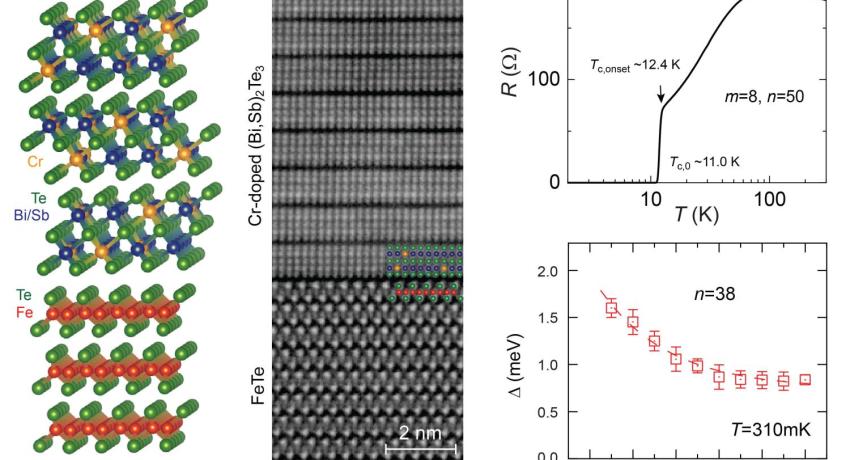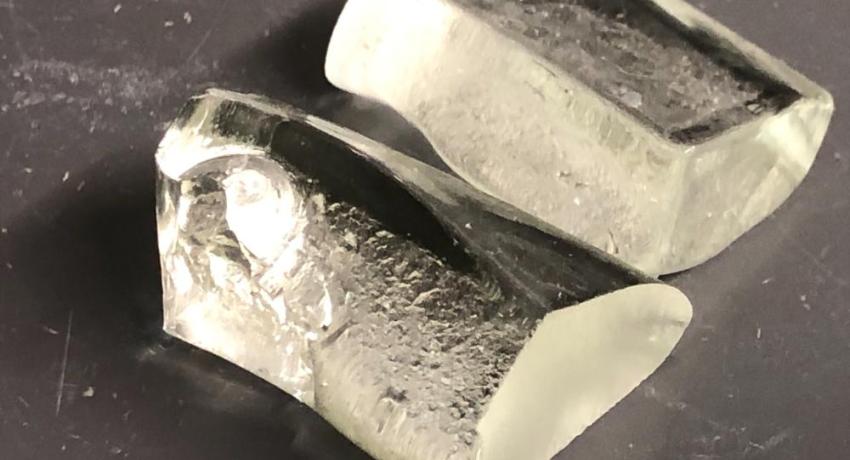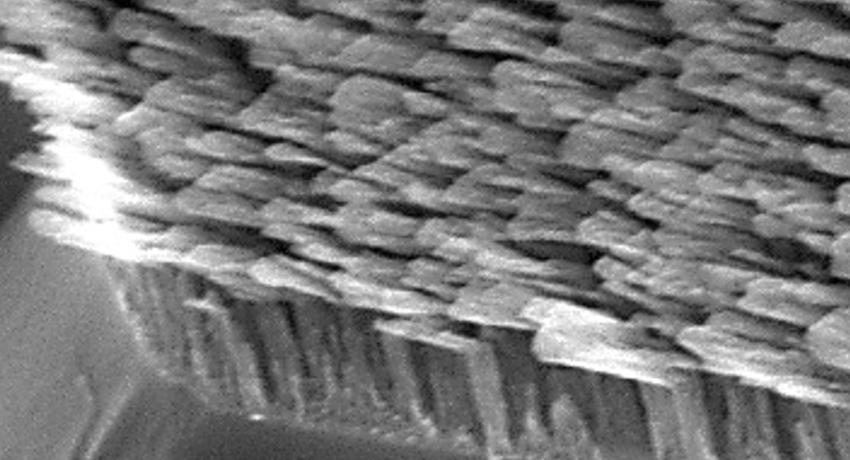Nitin Samarth honored with Adler Lectureship Award from American Physical Society
Nitin Samarth, Verne M. Willaman Professor of Physics, has been selected to receive the American Physical Society’s 2024 David Adler Lectureship Award in the Field of Materials Physics. The award recognizes an outstanding contributor to the field of materials physics who is notable for high quality research, review articles, and lecturing.




